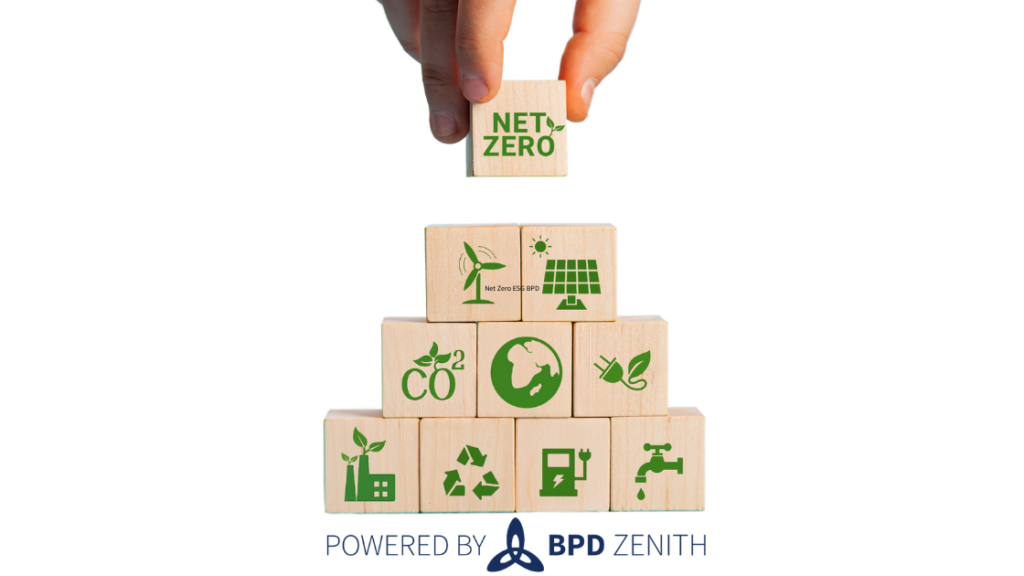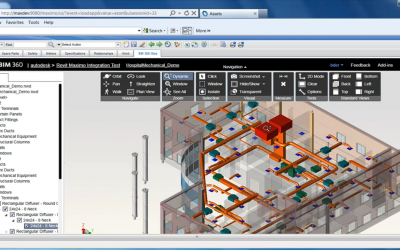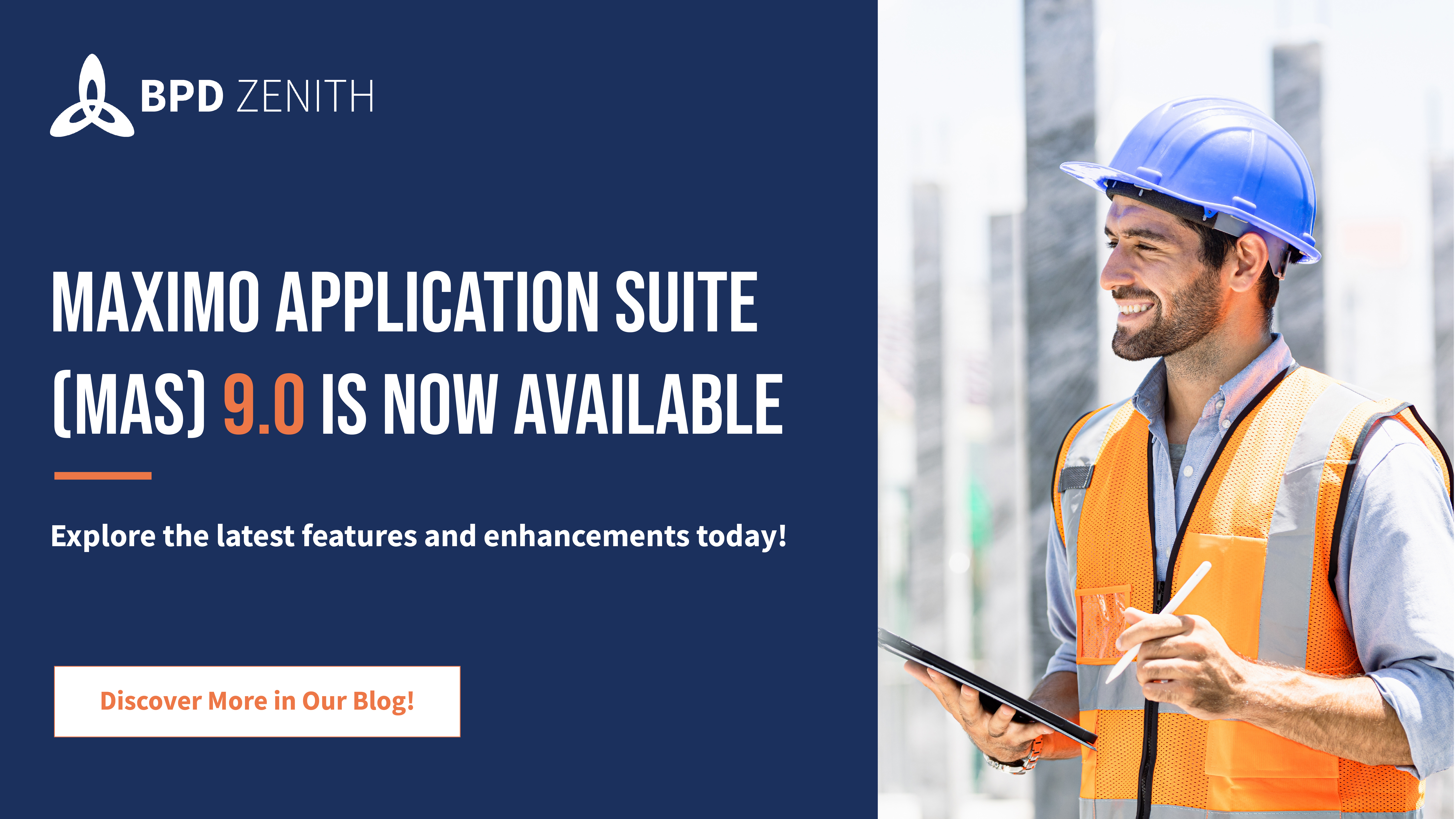Sustainability is not a new concept and BPD Zenith have always strived to be socially responsible, however, it is a critical imperative for today’s business operations – and for the planet. There has been a shift from using digital to improve the bottom line, to making a more holistic impact to achieve net-zero emissions targets.
Following the COP26 climate change summit in Glasgow, government, corporate and public attention is intently on the need to act against global warming. BPD has been highlighting Maximo for sustainability use cases at its Oil & Gas and Energy Maximo User Forums alongside Russell Bee, IBM.
Extending the life of your assets – good business sense
“A more sustainable world needs the industrial world to build more sustainable operations.”
BPD Zenith works with asset-heavy industries, many of whom are making a huge difference to our energy infrastructure, smarter buildings, and the move toward zero-carbon futures. But every asset within those organisations (like buildings, energy grids, vehicles, and equipment) has a finite lifecycle of possibly 50-100 years including maintenance, renovation, or replacement – not always eco-friendly options. Take the built environment for example. 80% of energy use over a building’s lifecycle is during its operational phase. This is both a major sustainability challenge and opportunity. Energy, water, waste, and compliance – they’re all directly impacted by how you manage your assets, your inventories, and your workforce.
Road to Success
Data, data, data! To start making the right decisions, you need access to accurate and reliable asset data. We need to understand the key activities of what, where, and why assets, services, suppliers, and users are contributing to a growing footprint. We need metering and measuring to identify the major carbon emission factors and then design end-to-end—design-to-operate—strategies that force down emissions.
With an asset management system like IBM Maximo in place, you can generate, collect, and manage both static and dynamic data to ensure good asset management practices – which can be part of the solution. This can extend the useful life of your assets and materials, make your buildings as green as possible and improve your operational efficiency.
Owner-operators need to ensure that the necessary data for desired outcomes are created, made available, structured, and shared between systems so that its use can be maximised throughout the whole asset lifecycle—from design to build and, most importantly, throughout the operation phase.
Examples may include:
- Optimising the travel time of field-based staff based on location data and eliminating unplanned reactive maintenance, thus reducing fuel or mileage and becoming more resource-efficient.
- By monitoring an asset’s health condition with IoT sensing, you can determine an issue before it becomes a much larger, energy drain.
- Monitoring space and right-sizing your estate.
- Integrating supply chain data for procurement of spares and replacements for just-in-time inventory and ordering the right product at the right time and from the right supplier (e.g., eco-friendly products from local suppliers).
- Understanding the root cause of failure is key to process optimisation and corrective action.
Innovating – new ways of getting the same thing done
Once you have your data and optimised maintenance strategies in place, the sustainability gains start to stack up! However, many asset and facility managers have already actively achieved what they can with a traditional data-driven approach. This paves the way for innovation and smarter thinking. With innovation, you can start exploring transformational technologies such as IoT, digital twin mirroring, blockchain, weather data, and AI-driven asset performance – using a new way to get the same thing done. For example, you can leverage AI for visual inspections such as using drones to take pictures, assessing them, and then using that information to route and prioritise work. Use the visual insight capability to reduce waste from the manufacturing process. You can use AI-driven insights for predictive maintenance instead of reactive maintenance and reduce your portfolio’s energy consumption and CO2 emissions.
Sustainable solutions from a sustainable business partner
To become smarter, you need a digitally integrated approach. This is best achieved with different software and SMEs throughout an asset’s lifecycle.
BPD Zenith is finding that sustainability is becoming a constant topic of discussion across our customer base, and with many particularly in the built environment, energy and oil sector diversifying and cross-fertilising its asset base. This has been a compelling reason for BPD to act and ensure we have the necessary capability, skills, and ecosystem partners in this area.
- Maximo EAM – the starting point for driving transformation, reducing the complexity of compliance and reporting
- O&G/HSE – manage incidents, emissions, environmental permits, certification capability and managing performance
- LoveYourAsset – moving towards a condition-based maintenance strategy with IoT, remote monitoring, eliminating reactive maintenance
- Maximo Application Suite – intelligent asset management, monitoring, predictive maintenance, visual analytics, safety and reliability, and mobility all on one platform
- Smart Enterprise Asset Management (SEAM) – asset management enhanced with modular, interoperable add-on integrations
If you’d like to discuss sustainability and ESG in Maximo, use the links below to get in touch or CLICK HERE – we’d love to hear from you!





